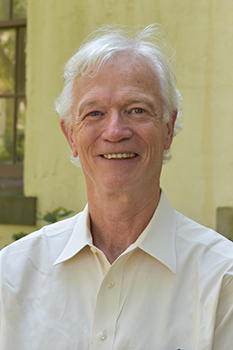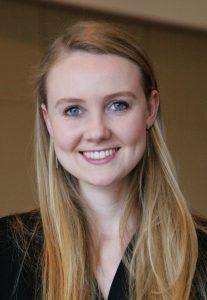
PIRS compares several types of plans and develops a composite score to show where gaps or incompatibility may make a community more vulnerable to hazards. Graphic illustration by Chris A. Johns.
By Lauren Jensen
On April 9, 2020, the Natural Hazards Resilience Speaker Series had a guest lecture from UNC’s very own Dr. Phil Berke. Dr. Berke is a leader in community resilience planning, and he has recently returned to UNC after teaching at Texas A&M University. Dr. Berke’s current work surrounds the Plan Integration for Resilience Scorecard (PIRS), a framework used to assess the integration of community plans and the incorporation of resilience and hazard mitigation strategies in these plans.
Dr. Berke explained that there is often a disconnect between the different plans that communities adopt. Communities large and small adopt many plans – transportation plans, comprehensive land use plans, housing plans, buyout plans – the list goes on. However, there are often silos present, preventing these plans from being well-communicated and coordinated between different departments.
In addition to having many disconnected plans, Dr. Berke also found that there is often poor integration of resilience and mitigation across these networks of plans adopted by communities, even in communities that are very vulnerable to natural hazard events. This showcases the disconnect between developers and land use planners, he said, and it leads to the over-investment in infrastructure in hazardous areas. This has led to an increase in the per capita and total losses that communities see from natural hazard events. However, this increase is not necessarily due to an increase in frequency or magnitude of disaster events, but rather the fact that developers continue to build in dangerous places and fail to listen to land use planners.
Unfortunately, unless we resolve these disconnects, history will continue to repeat itself. You can see the potential for this while looking at plans for coastal cities that have recently experienced a major natural disaster event. Dr. Berke shared the comprehensive plan of a vulnerable neighborhood in New Orleans a decade after Hurricane Katrina as an example of this. Comparing the current land use plan for this area to future plans, you can see that there is the intention to expand commercial and residential areas and increase density in places that are highly vulnerable if or when another hurricane like Katrina were to hit New Orleans.
These disconnects intrigued Dr. Berke and his colleague, Jaimie H. Masterson, another guest speaker of the Natural Hazard Resilience Speaker Series. They set out to find a method to better incorporate plans, as well as a strategy to integrate resilience into community plans at the neighborhood level. This would help to uncover gaps between the plans, as well as to find consistencies already present among plans. They also wanted to determine how well a network of neighborhood plans is targeting the physical and social vulnerabilities present in different areas and if plans were targeting areas most in need.
This was the basis for the creation of PIRS. The researchers developed a policy score for each plan, where each individual neighborhood plan receives a score. The scores are then integrated together across the plans, to determine a composite score for the neighborhood. The lower the policy scores for each plan by neighborhood, the higher the social and physical vulnerability. This helps to determine which neighborhoods to target with investment and resilience strategies.
In addition to having many disconnected plans, there is often poor integration of resilience and mitigation across these networks of plans adopted by communities, even in communities that are very vulnerable to natural hazard events.
Once vulnerable neighborhoods are identified, Dr. Berke and his colleagues work with partners in the communities to resolve some of these conflicts. They provide training sessions, help to assess vulnerabilities, and identify opportunities. It is very much a partnership, in which community members involved invest their time and expertise to make things happen. This process creates and empowers community leaders to effect change to make their communities more resilient.
Berke’s framework for integrating resilience into plans and the planning process is an innovative way to improve socially and physically vulnerable communities. It’s also an opportunity to improve plans in other important ways. Along with hazard mitigation and resilience, it can be applied to other components of vulnerability as well, such as a way to better incorporate public health into plans. It will be interesting to see where this framework goes and how we can apply it to create more resilient, healthy, and sustainable communities in the face of a changing climate.
Lauren Jensen is a first-year graduate student pursuing dual master’s degrees in City and Regional Planning and Public Health at UNC–Chapel Hill. She is interested in the intersection of climate change and public health, with a focus on creating resilient, sustainable and equitable cities and communities. Prior to attending UNC, Jensen worked at the State of Wisconsin Department of Health Services in the Communicable Disease Epidemiology Section. Jensen has a bachelor’s degree in Conservation Biology and Spanish from the University of Wisconsin–Madison.

